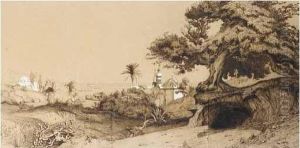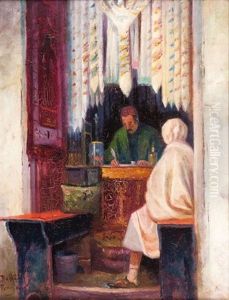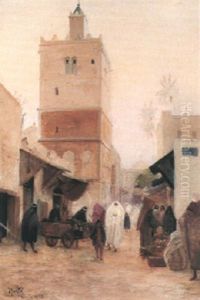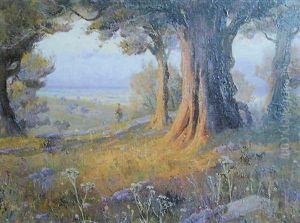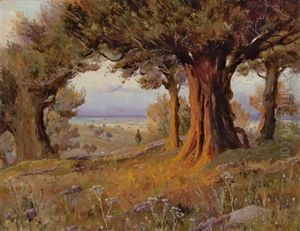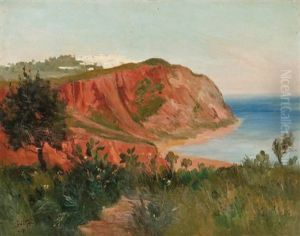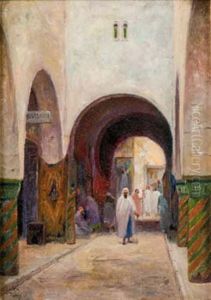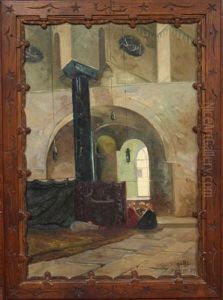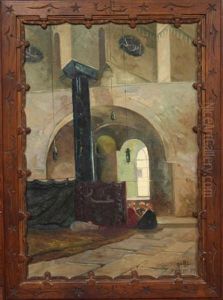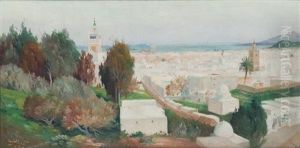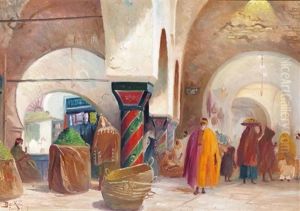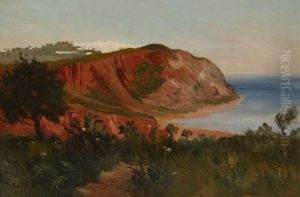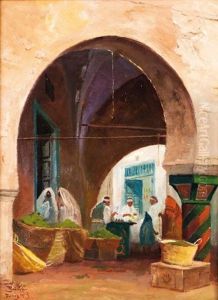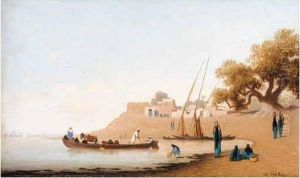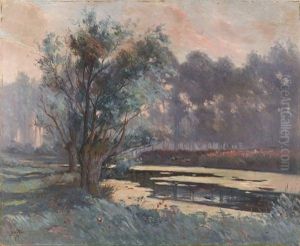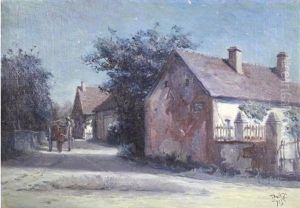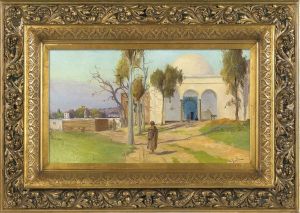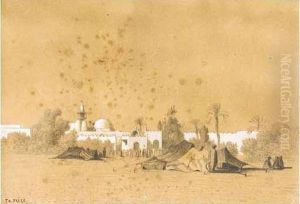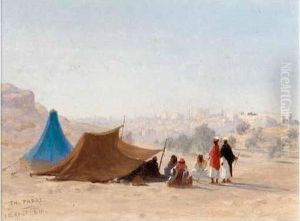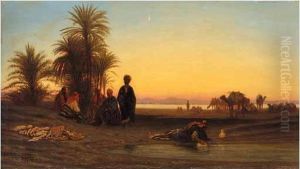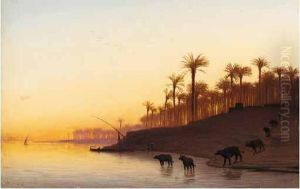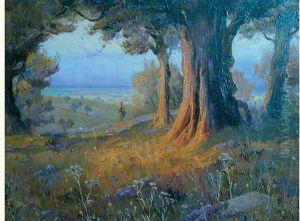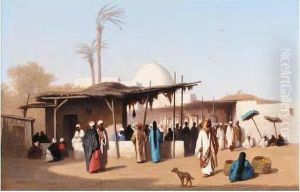Theodore Charles Balke Paintings
Peder Balke, often referred to as Theodore Charles Balke in English, was a notable Norwegian painter associated with the romantic movement. Born on November 23, 1815, in Helgøya, in Hedmark county, Norway, he was one of the first artists to depict the dramatic nature of his native country. His work is characterized by its pioneering spirit in the portrayal of the Arctic north, with its stark landscapes, rugged coastlines, and the awe-inspiring phenomenon of the Northern Lights.
Balke grew up in poverty but his talent was recognized early on, which allowed him to study art. He was initially a student of the painter and printmaker Carl Johan Fahlcrantz in Stockholm, which was a significant opportunity for a young artist from Norway at the time. He later moved to Dresden to continue his education, which was a key center for artists in 19th-century Europe. It was in Dresden where he encountered the work of Caspar David Friedrich, whose sublime landscapes would have a lasting influence on Balke’s own creations.
Throughout the 1830s, Balke traveled extensively within Norway, often on foot, gathering impressions and sketches of the Norwegian landscape. These excursions culminated in a pivotal trip to the North Cape in 1832. The experience of the Arctic environment, with its unique light and atmosphere, would become a central theme in Balke's art. He translated these experiences into dramatic seascapes and landscapes using a limited palette and expressive brushwork that aimed to evoke emotion rather than provide detailed representations.
His career took an important turn when he moved to Paris in the 1840s, where he was influenced by the works of contemporary French landscape painters. His style became more distinctive, marked by vigorous brushwork and a more abstracted approach to form. Despite this, Balke struggled to gain recognition in his lifetime, and he never achieved significant commercial success. He was ahead of his time in his expressive, almost proto-modernist treatment of the landscape.
After returning to Norway, Balke was unable to sustain a living as a professional artist and turned to real estate and community projects in Christiania (modern-day Oslo). However, he continued to paint throughout his life, often revisiting earlier themes and refining his techniques. It wasn't until well after his death on February 15, 1901, that Peder Balke was rediscovered and celebrated for his contributions to Norwegian art and for his unique, visionary approach to painting. Today, his works are held in high esteem and can be found in major museums in Norway and abroad, appreciated for their raw beauty and historical significance.
